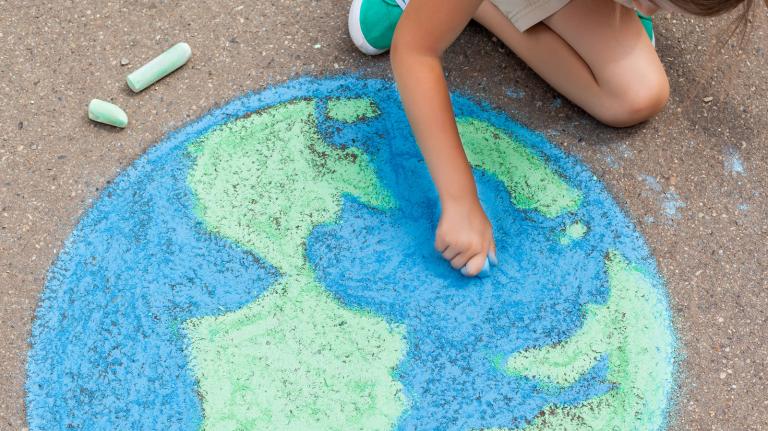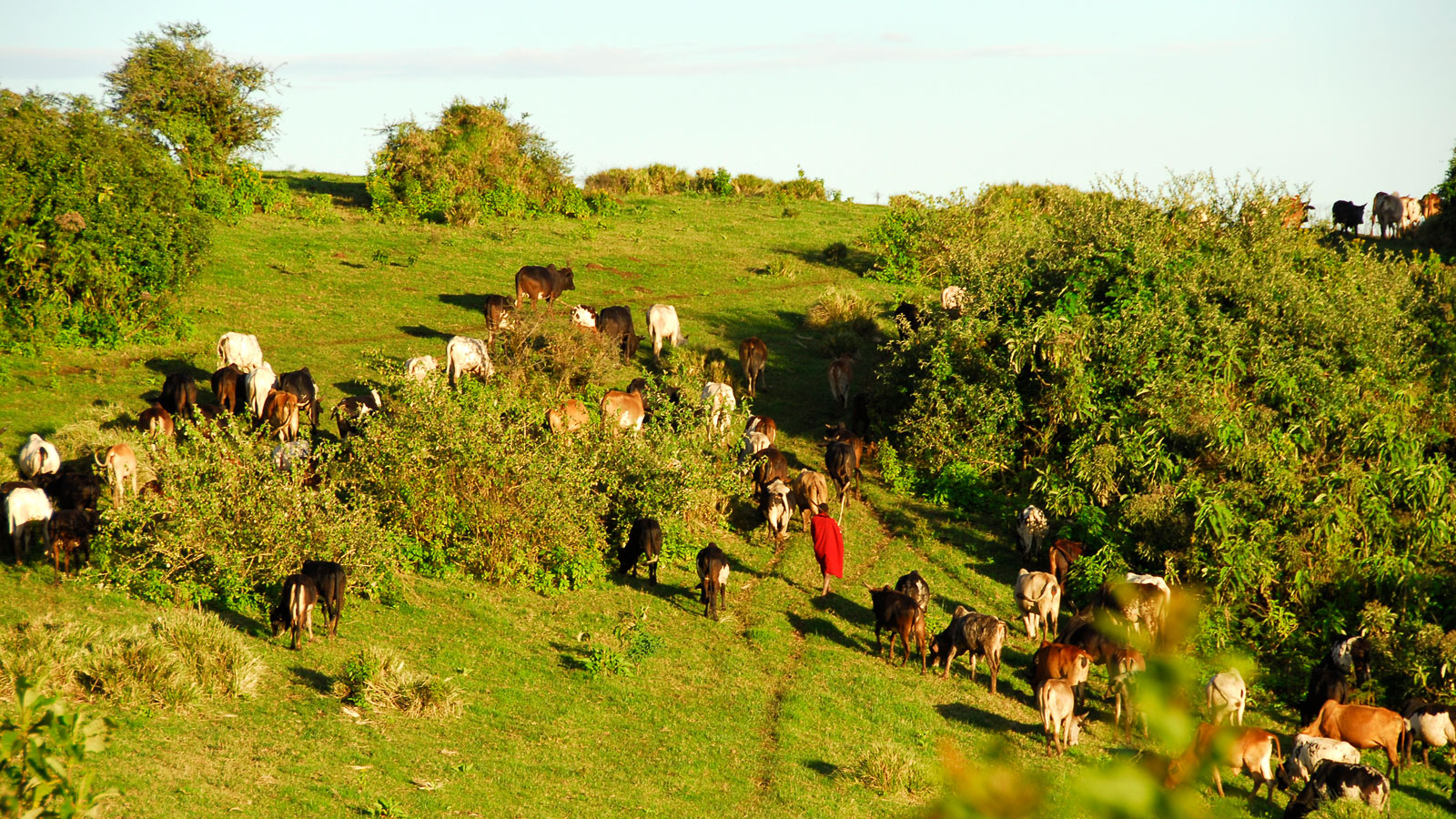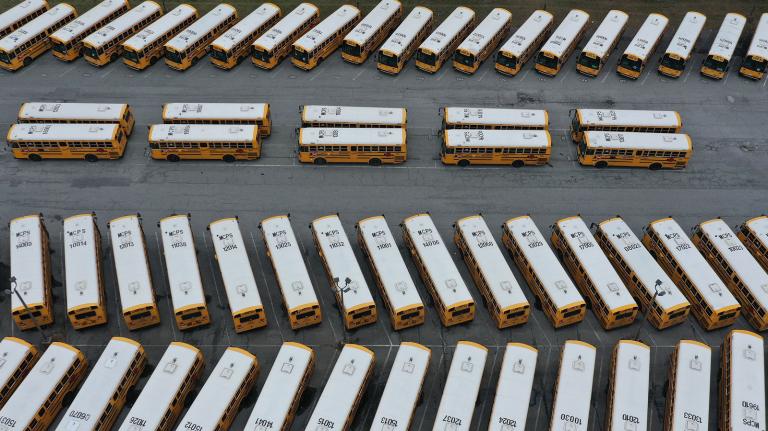Patrick Kipalu is a natural resources management and human rights expert from the Democratic Republic of the Congo. He leads the Africa Program at the Rights and Resources Initiative.
For years, global conservation organizations, donors, and development institutions have told governments in Africa to set aside more of their national territories for conservation. Such calls were at the center of the recent Africa Protected Areas Congress, held in July in Rwanda, and are multiplying ahead of the COP27 UN Climate Change Conference in Egypt in November.
According to a UN report, roughly 17 percent of the world’s land mass is currently protected by governments and conservation entities. Given its immense size, there is an expectation that Africa contribute mightily to meeting a global goal of placing 30 to 50 percent of the planet under the protection of designated authorities.
Among land masses, Africa is at the greatest risk of nature loss, despite being the world’s smallest contributor to global greenhouse gas emissions (at 3.8 percent). China contributes nearly a quarter of global emissions, followed by the United States at 19 percent and the EU at 13 percent, yet the EU has set aside 25 percent for land conservation, China 15 percent, and the United States, 12 percent. In contrast, many African governments have already set aside 35 to 40 percent of their territories for conservation, yet they’re under rising pressure to leverage even more of their natural assets.
While protected ecosystems play a critical role in climate mitigation and adaptation, historically protection has involved the eviction of Indigenous and local inhabitants. And, since important biodiversity conservation areas often overlap with territories claimed by Indigenous and local communities, expanding protection has significant implications for their survival. A 2018 study published in Nature found that 40 percent of all terrestrial protected areas on Earth overlap with Indigenous-controlled land. Rather than blindly supporting these efforts, the international community must ask what protection by governments or conservation agencies means for the people living in those areas, and whether it is even effective.
NGOs like Global Witness and Oakland Institute have tracked a growing list of human rights abuses, displacements, militarized violence, and loss of community land and livelihoods in the pursuit of conservation goals. For example, the Tanzanian government is evicting the Maasai from Ngorongoro Conservation Area to create room for conservation and trophy hunting. The government of Uganda has been doing the same to the Benet of Mount Elgon. According to the Rights and Resources Initiative, an estimated 136 million people have been displaced in the process of formally protecting Earth’s land.
But as research now shows, the biggest threats aren’t the communities that have peacefully co-existed with these ecosystems. They are commercial scale farming, mineral extraction, infrastructure development, and even the agencies charged with protecting them.
Research has also shown that legally recognized community-conserved lands store more carbon and create far lower emissions and deforestation than lands administered by governments or private entities. For example, Indigenous lands in the Amazon (29 percent of the basin) sequestered 5.6 billion Mg CO2e (carbon dioxide equivalent) from 2001 to 2020. These lands also cost dramatically less to establish and maintain than conventional protected areas.
In June, I spent a week with the Ogiek, an Indigenous hunter-gatherer community that has been locked in a struggle for land rights with the government of Kenya for more than 90 years. Part of their land was taken during the colonial period in the early 20th century, and the government has been trying to evict the community from the rest of the land ever since. In total, 224,000 acres were stolen in the name of conservation and protecting the “pristine wilderness.” Today, about 80,000 Ogiek live in the Mount Elgon forest area on about 42,000 acres of land straddling the borders of Kenya and Uganda.
I accompanied colleagues and two independent journalists to Mount Elgon. Piled into an off-road vehicle driving west along one of the only paved roads we’d see for the next few days, we made a quick stop at a viewpoint on top of a hill that used to belong to the Ogiek. Now, the Kenya Forest Service is replacing the region’s natural resources with non-native tree plantations.
Most of the tree plantations I saw in the lower mountainous region of the Mount Elgon forest reserve were part of the controversial shamba system that the forest service has been implementing in one form or another for the last one hundred years, which involves replacing native trees with plantations of quick-growing and imported foreign species like the eucalyptus from Australia. These trees are subsequently sold to commercial timber companies and logged.
Tree plantations such as the ones I saw are harmful to both wildlife and the natural forest environment, as they limit honeybees’ ability to pollinate, because the foreign trees fail to flower in the forest.
As our offroad vehicle ascended into the ancestral territory of the Ogiek, the landscape changed dramatically. The trees became denser and more diverse, the plantations all but disappeared, and goats and other cattle became more populous. We quickly learned that this was not a coincidence.
The Ogiek, who subsist by selling cattle milk and forest products, have devised various innovations to protect local flora and fauna based on their ancestral knowledge. From building goat pens to protect cattle native to the forest from hyenas, to mapping and caring for 2,000 beehives, preserving local wildlife and biodiversity is at the core of their existence. The landscape is home to 400 vegetative species and 144 bird species.
One result of their efforts is the territory’s growing elephant population. The African forest elephants do not eat foreign plant species and have migrated west to live (and thrive) in Ogiek customary territory where they find abundant food. The community elders told me that due to poaching in the national park, the elephants prefer to roam in their territory — which is guarded closely by community members — particularly before giving birth.
During my trip, I met Cosmas Murunga, a community elder who has suffered first-hand the community’s loss of lands. Cosmas shared with me that the foremost rule in the community bylaws for all 33 Ogiek clans is to respect the environment. The bylaws, which are agreed to by each clan, include regulating firewood collection by allowing community members to only harvest deadwood for fire and prohibiting charcoal burning, commercial-scale farming, and poaching.
Cosmas told me the Ogiek came up with these laws to protect their ecosystem even as the community struggles to protect its land rights. “History tells us since time immemorial we have been here — this is still our land.”
A few recent developments have brought some hope for displaced communities like the Ogiek.
In July, the Africa Protected Areas Congress gave the continent’s Indigenous and local community leaders an unprecedented platform to show the powerful link between conservation and secure community land rights. The leaders told policymakers, governments and conservation funders that the answer to the global biodiversity and climate crises is not emptying forests of their guardians — it is legal recognition and protection of the land and forest rights of Indigenous peoples and local communities, including women and youth, and investing in their traditional knowledge and conservation systems. “Our trauma, our rights, and our wish to be Africa’s primary natural resource conservators should not be, once again, swept under the rug,” declared Kenyan activist Milka Chepkorir, who represented the Sengwer Indigenous group at the Congress.
Similarly, Africa Climate Week concluded in Gabon last week with calls for increased funding and more just solutions to the dual climate and biodiversity crises.
Still, we expect that calls for expanding protected areas will continue to rise as climate disasters become more frequent. But the burden can’t disproportionately fall on African countries while little funding reaches communities. This time, African leaders must break free of colonial conservation models and let Indigenous and local peoples take the lead, as has always been their right.
The views expressed here reflect those of the author.
Fix is committed to publishing a diversity of voices, and we want to hear from you. Got a bold idea, fresh perspective, or insightful news analysis? Send a draft, along with a note about who you are, to opinions@grist.org.



